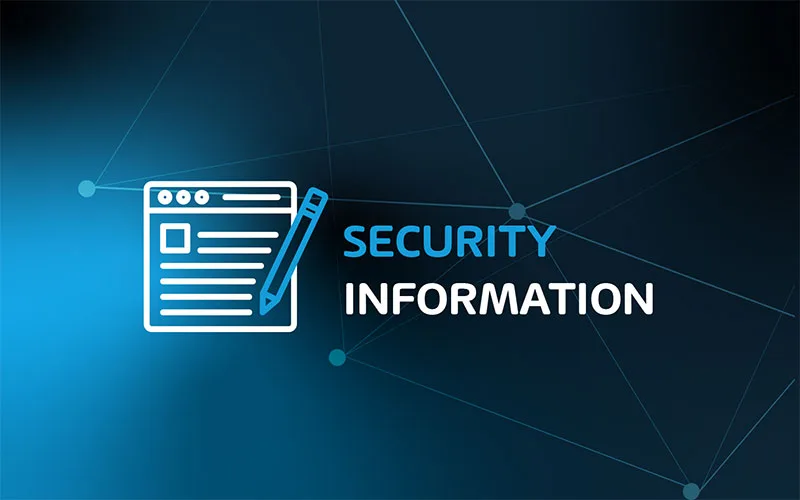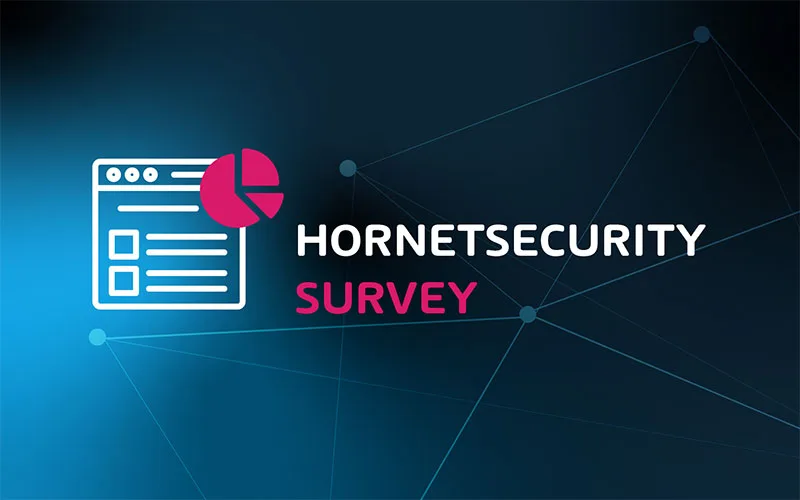
In this article we’ll look at how to prevent your business falling victim to a ransomware…

Let’s dive into the vulnerabilities of Artificial Intelligence and Machine Learning models to understand how…

One of the best things about Hornetsecurity’s yearly Cyber Security Report is its foundation in…

Traditional security systems can’t keep pace with the increased number of cyber threat activities. The amount…

This year we’ve analyzed over 45 billion emails and sliced and diced this data, and…

Sandbox is a controlled and isolated environment where security professionals analyze, observe, and execute suspicious or potentially…
